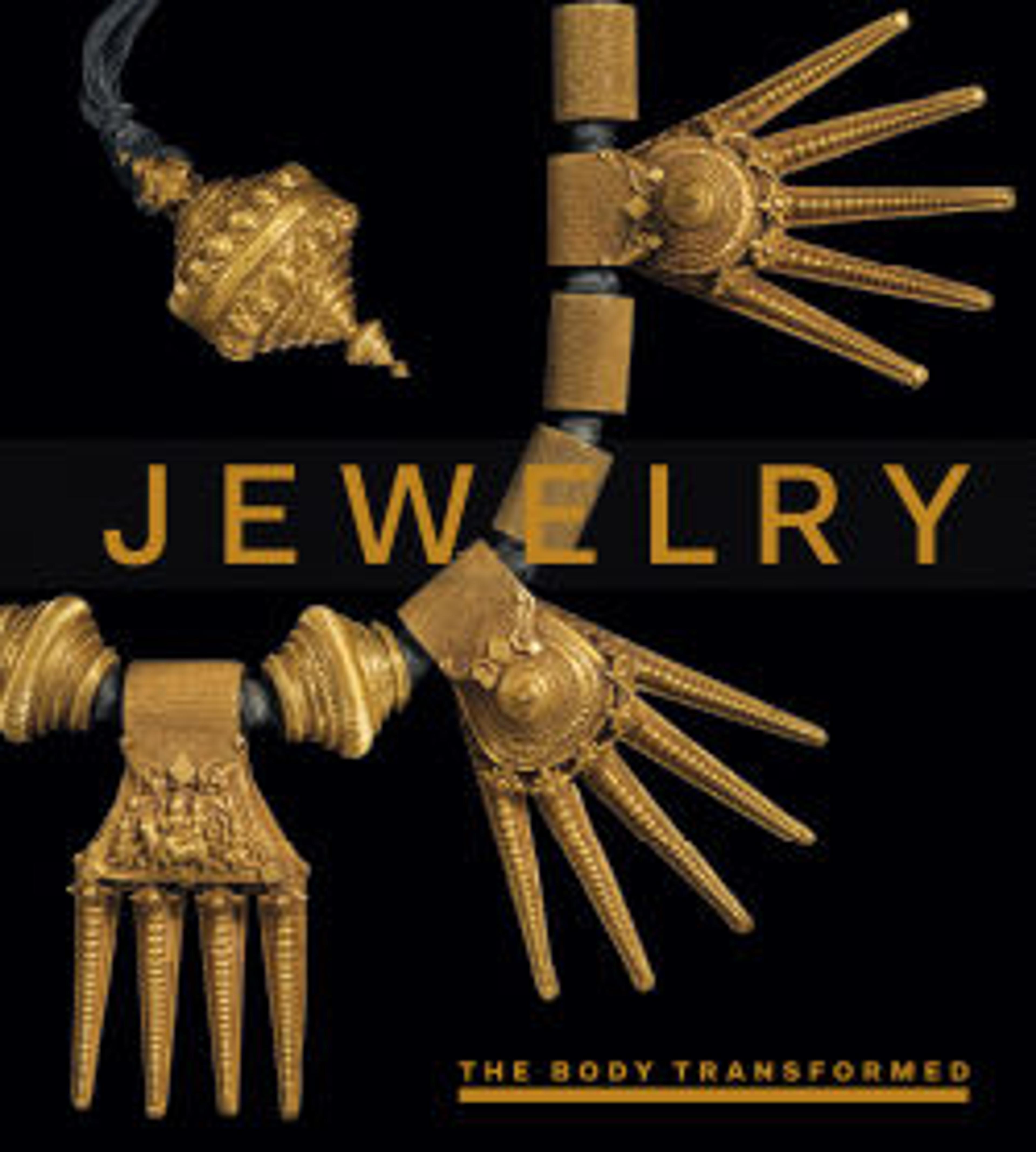Tiger-Claw necklace
Brilliantly colored gemstones and addorsed tiger claws nestle together to form the strikingly shaped pendants of a nineteenth-century Indian necklace. The use of tiger claws as symbols of power and protection is an ancient motif in India, seen also in gold pendants from ninth-century Java and other regions of Asia. Here, their talismanic properties of the necklace are enhanced by the navaratan gem setting (nine auspicious gems, although here, ten, since there are ten sets of claws).
Mughal-style jewelry is replete with this arrangement of colored gems, each relating to a celestial body within traditional astronomical and astrological beliefs. The technique of this necklace is that of kundan, whereby stones are held in place by pure, pressed gold.
Mughal-style jewelry is replete with this arrangement of colored gems, each relating to a celestial body within traditional astronomical and astrological beliefs. The technique of this necklace is that of kundan, whereby stones are held in place by pure, pressed gold.
Artwork Details
- Title: Tiger-Claw necklace
- Date: ca. 19th century
- Geography: Made in India, Tamil Nadu
- Medium: Gold, gold beads, rubies, emeralds, diamonds, spinels and tiger claws
- Dimensions: L. 15 3/8 in. (39.1 cm)
Wt. 4.84 oz. (137.2 g) - Classification: Jewelry
- Credit Line: Purchase, Friends of Islamic Art Gifts, 2018
- Object Number: 2018.197
- Curatorial Department: Islamic Art
More Artwork
Research Resources
The Met provides unparalleled resources for research and welcomes an international community of students and scholars. The Met's Open Access API is where creators and researchers can connect to the The Met collection. Open Access data and public domain images are available for unrestricted commercial and noncommercial use without permission or fee.
To request images under copyright and other restrictions, please use this Image Request form.
Feedback
We continue to research and examine historical and cultural context for objects in The Met collection. If you have comments or questions about this object record, please contact us using the form below. The Museum looks forward to receiving your comments.
